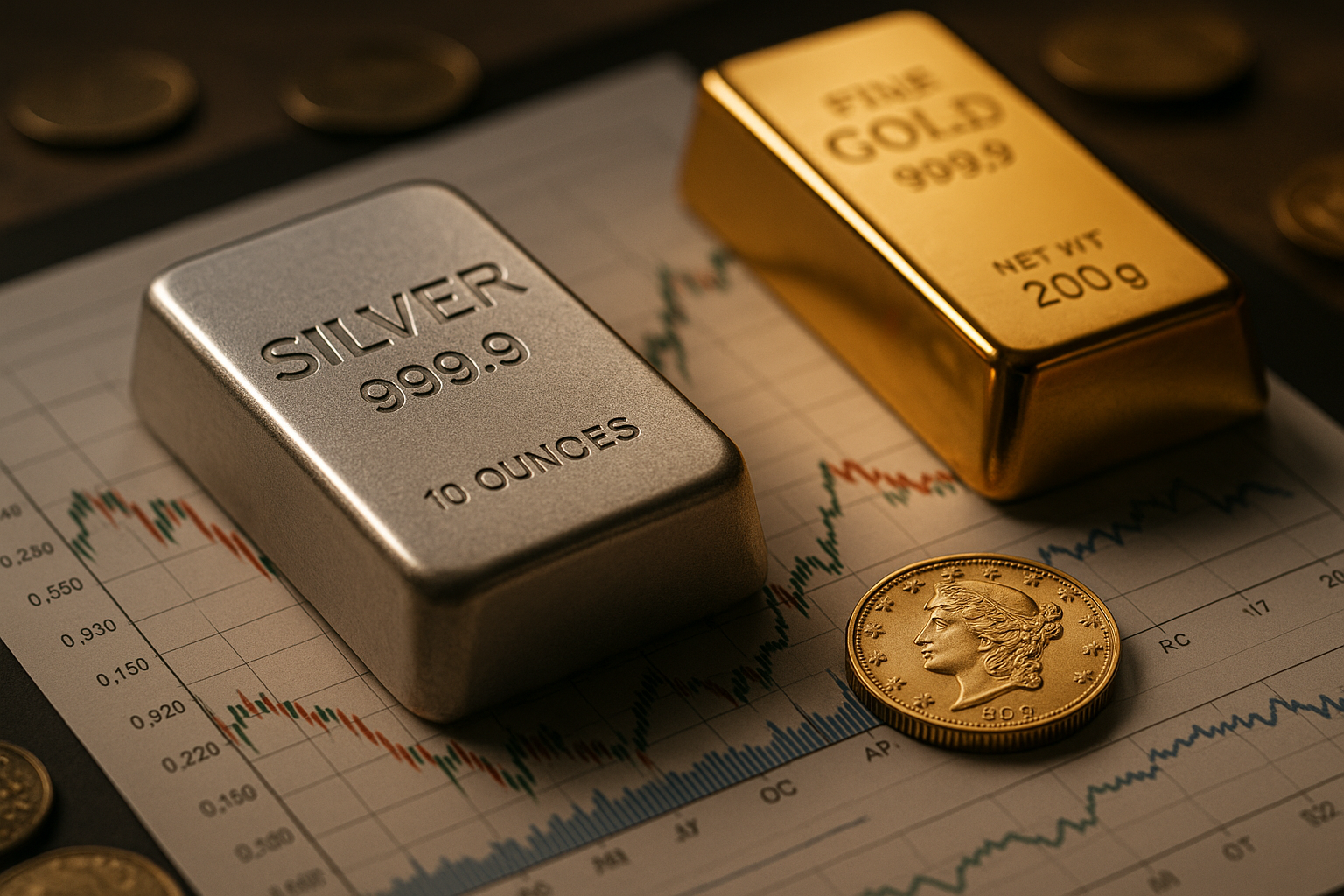Investing in Silver: A Timeless Strategy in a Modern Market
As the world of finance undergoes constant evolution, some principles remain timeless. One such principle is the enduring appeal of precious metals as a form of investment. In this article, we delve into the world of silver investing, exploring its historical context, current market trends, and the potential benefits and risks associated with this investment strategy.

Silver, unlike its glamorous cousin gold, often flies under the radar. However, it has a rich history of use as a store of value and medium of exchange. From the ancient civilizations of Mesopotamia to modern industrial applications, silver’s versatility has contributed to its continued relevance in the financial landscape.
The Historical Role of Silver
Silver’s role as a cornerstone of economic systems dates back thousands of years. Ancient cultures, such as those in Mesopotamia and Egypt, recognized its intrinsic value and used it as a form of currency. The Roman Empire, too, utilized silver in its coinage, underscoring its importance in facilitating trade and commerce.
Current Market Dynamics
Fast forward to the present, silver continues to hold its own in the investment world. While it doesn’t command the same high prices as gold, its affordability makes it an attractive option for investors seeking to diversify their portfolios with precious metals.
Recent market trends have seen a resurgence in interest in silver investing. As global economies navigate the uncertainties of the post-pandemic world, investors are increasingly turning to tangible assets like silver as a hedge against inflation and currency devaluation.
The Silver Investment Strategy
Investing in silver can be accomplished in several ways, including physical silver (coins and bars), silver mining stocks, and exchange-traded funds (ETFs) that track the price of silver. Each method comes with its own set of benefits and risks.
Physical silver provides direct ownership and control, but also incurs storage and insurance costs. Silver mining stocks offer potential for high returns but are also subject to market volatility. Silver ETFs provide a convenient way to gain exposure to the silver market without the need for physical storage, but they come with management fees and potential counterparty risks.
Practical Considerations for Silver Investing
-
Diversification: Silver can be a valuable addition to a diversified investment portfolio, providing a hedge against inflation and currency risks.
-
Affordability: Compared to gold, silver is more accessible to investors with a smaller budget.
-
Volatility: Silver prices can be volatile, presenting both opportunities for high returns and risks of significant losses.
-
Storage and Insurance: Physical silver requires secure storage and insurance, which can add to the cost of investment.
As we reflect on the journey of silver throughout history and its place in the modern investment landscape, it becomes clear that this precious metal continues to hold its own as a viable investment option. While the world of finance evolves, some things remain constant, and silver’s enduring appeal is a testament to this fact. Whether you’re a seasoned investor or a beginner looking to diversify your portfolio, silver investing offers a blend of tradition and modernity that is worth considering.




